About Tinnitus

Sleep disturbances, concentration disturbances…
Many of us are victims of tinnitus in their daily lives, sometimes to the unbearable.
Tinnitus are noises – whistling, whistling, … – that are heard in an ear (or both), either temporarily or continuously without having being emitted by an external source.
- In developed countries, about 20% of the population suffers from hearing problems.
- More than 10% of people are victims of tinnitus, and the tinnitus is permanent for about half of them, which is more or less 5% of the total population.
Tinnitus is therefore among the most common health problems today, and the trend is increasing.


While about 10% of them may be related to an objective cause, such as vascular disease, most of tinnitus are related to a dysfunction of the hearing nervous system, which may be caused by ear aging, acoustic trauma, or some ear pathologies.
Our ear is a complex organ that transforms the air vibrations received by the tympan into electric micro-signals that will then use the brain’s neuron circuits.
Scientists now agree that understanding and thus treatment of tinnitus requires a comprehensive approach in which the ear and the central nervous system must be considered together.
Until recently, treatment methods only made it possible to ‘live better with’ without providing real curative responses.
But several recent scientific works have led to sound-processing techniques that allow now significant improvements in more than 70% of cases.

Our therapeutic offer combines the latest technological
advances with traditional methods.
Tinnitus is a complex phenomenon, which can have various causes, and manifest in various ways.
First of all, it is a good idea to consult a hearing specialist who can make a diagnosis and point you towards adapted care.
Healthy living, healthy eating and regular physical activities will always be beneficial, and it is also important to avoid exciting products and stress situations.
Yoga, Sophrology, Hypnosis and different techniques of relaxation and meditation are known to generally bring improvements in the perception and experience of the tinnitus, but not to cure them.


We can therefore consider a multi-therapeutic approach that combines healthy eating and living, relaxation practices, and audio regeneration therapy.
Our therapeutic solution allow you to use the techniques of acoustic care customized to your tinnitus.
You may associate relaxation and controlled breathing exercises with listening to the proposed therapeutic sounds.
Sound therapies help improve the perception of tinnitus in more than 70% of cases.
This improvement extends to complete disappearance in about 25% of cases.
Our articles about tinnitus
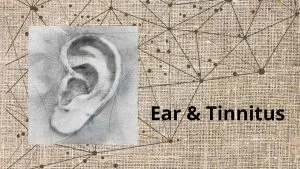
Tinnitus and the Ear
Let’s dive into the relations between tinnitus and the ear ! In this post we will first address the functioning of the human ear, before taking a look at current knowledge about tinnitus.
We will see in particular that tinnitus has to do not only with the ear but also with the areas of the brain involved in hearing.
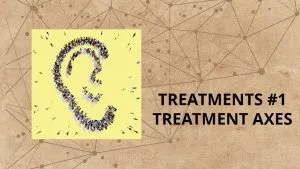
Treatments #1: Treatments Axes
The causes of tinnitus can be very diverse and often difficult to identify.
This logically results in a wide variety of possible tinnitus treatments axes.
It will of course be possible and probably advisable to combine several of them.
let’s take a look at the existing possibilities.
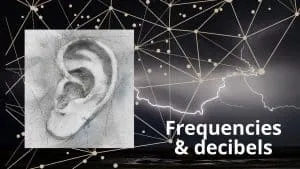
Frequencies and Decibels
Frequencies and Decibels: In order to better understand tinnitus, we propose in this post to define the sound, and how it is characterized and quantified.
To define a sound we use two parameters which are its frequency, measured in Hertz (Hz) and its intensity, measured in Decibels (dB).
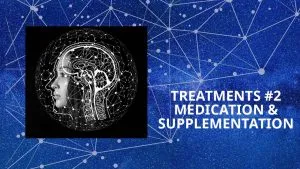
Treatments #2: Medication
Let’s have a summary here of the Medication and Supplementation possibilities. Medication doesn’t really solve the problem while supplementation may help by improving aspects of the global response to tinnitus.
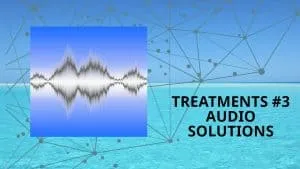
Treatments #3: Audio Solutions
We will in this article try to get into the details of the operation of the best known audio treatments methods.
These include the use of music, noise generators, and hearing aids .
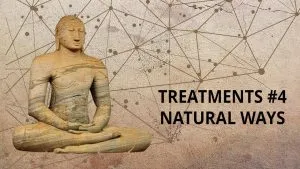
Treatments #4: Natural Ways
Let’s focus on several treatments that can be described as alternative medicines or natural ways.
Thermal cure, acupuncture, meditation …

Treatments #5: Notched Audio Therapy
In this post we are going to focus on the notched audio therapy method that we are using to improve the perception until even get rid of tinnitus.

Treatments #6: Sophrology
We are going to be interested here in Sophrology as well as in other disciplines which use relaxation techniques associated with methods aiming at working on or re-structuring our emotions to achieve a better acceptance of tinnitus.
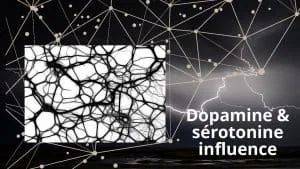
Dopamine and Serotonin influence.
Here we will discuss Dopamine and Serotonine and their relationship to tinnitus.
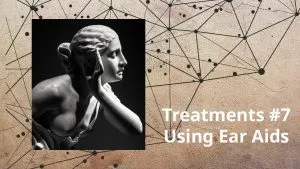
Treatments# 7: Using Ear Aids
Today, many hearing aid manufacturers include tinnitus solutions in their hearing aids to help patients regain their hearing peace.
Known as “tinnitus noiser” or “tinnitus masker”, these tinnitus solutions are now offered on many high-end hearing aids for personalised hearing comfort day and night.
These hearing aids can help patients with tinnitus with or without hearing loss and can also be used as a complement to the treatment of hearing loss if this is the case.
